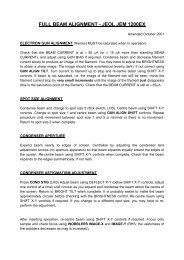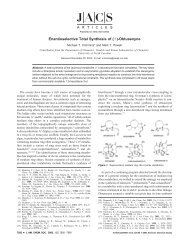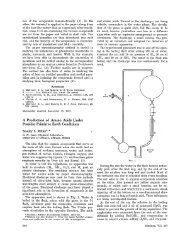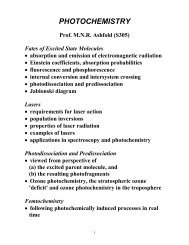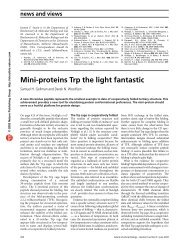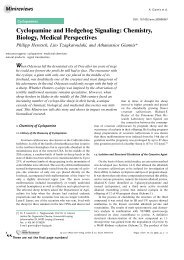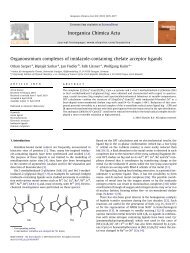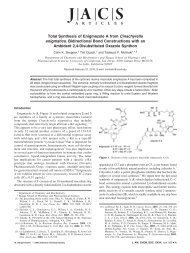Reduced Sensitivity RDX (RS-RDX) Part I: Literature Review and ...
Reduced Sensitivity RDX (RS-RDX) Part I: Literature Review and ...
Reduced Sensitivity RDX (RS-RDX) Part I: Literature Review and ...
Create successful ePaper yourself
Turn your PDF publications into a flip-book with our unique Google optimized e-Paper software.
3.2 Shock <strong>Sensitivity</strong><br />
DSTO-TR-1447<br />
The routine method employed by DSTO for determining the shock sensitivity of<br />
explosive formulations is by the MRL Large Scale Gap Test [14]. This technique, as<br />
with equivalent techniques used by other organisations, is based on the NOL LSGT. In<br />
common with other gap tests, the gap material is placed between the donor <strong>and</strong> the<br />
acceptor <strong>and</strong> the thickness of gap material required to result in a 50% chance of<br />
detonating the test explosive with the output from the donor charge is determined.<br />
The 50% gap thickness is the measured quantity that provides an indication of the<br />
shock sensitivity of the explosive under test.<br />
3.2.1 ARX-2020<br />
The generic PBX formulation ARX-2020 (78% <strong>RDX</strong>, 22% binder) was selected as the<br />
vehicle in which to assess the relative shock sensitivities of the various grades of <strong>RDX</strong>.<br />
Because of the less than optimum <strong>RDX</strong> particle size distribution a relatively high<br />
binder level was employed to ensure good quality castings. The ingredients <strong>and</strong><br />
mix/cast/cure procedure are outlined below (tables 4 & 5). Each variant was<br />
produced in a 6 kg batch, cast under vacuum with vibration into LSGT tubes, <strong>and</strong><br />
cured at 60°C for 7 days.<br />
Table 4. Ingredients of ARX-2020 formulation<br />
Material Weight (g) Weight (%)<br />
Hydroxyl terminated polybutadiene R-45HT (HTPB)<br />
600<br />
10<br />
Dioctyl adipate (DOA)<br />
614<br />
10.24<br />
2,2'-methylene-bis[6-tert-butyl-4-methyl phenol] (AO)<br />
8.4<br />
0.14<br />
N, N’-di(2-hydroxyethyl) dimethyl hydantoin (DHE)<br />
21.6<br />
0.36<br />
Triphenyl bismuth (TPB)<br />
1.2<br />
0.02<br />
<strong>RDX</strong> (coarse)<br />
4212<br />
70.2<br />
<strong>RDX</strong> (fine)<br />
468<br />
7.8<br />
Isophorone diisocyanate (IPDI)<br />
75.6<br />
1.26<br />
Total 6000 100<br />
The <strong>RDX</strong> used in each formulation is a bimodal blend of 10% fine material (Type I,<br />
Class 5, Lot 1659) from Royal Ordnance, Bridgwater, UK, <strong>and</strong> 90% of the <strong>RDX</strong> (coarse)<br />
to be evaluated. The fine <strong>RDX</strong> being Type I is therefore free from HMX. The fine <strong>RDX</strong><br />
was added to improve the processing quality of the PBX <strong>and</strong> to ensure void free LSGT<br />
test samples.<br />
9



